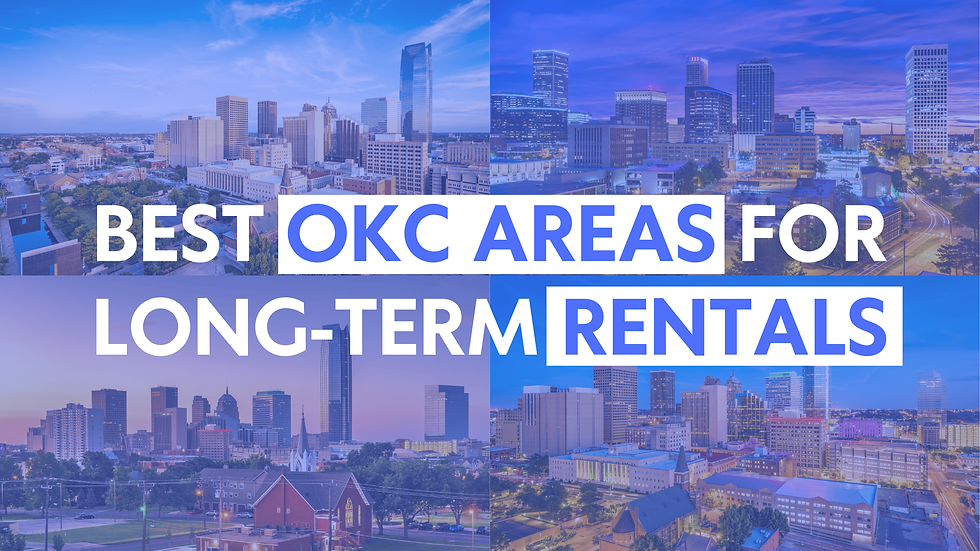How to Analyze a Rental Property: A Step-by-Step Guide for Investors
- norcalpropertiesan
- Oct 8
- 3 min read

Before diving deep, let’s start with the core basics every investor must know:
Cash Flow = Rental Income – Expenses. Positive cash flow means profit each month.
Cap Rate = Net Operating Income ÷ Purchase Price. Used to compare investment returns.
Cash-on-Cash Return = Annual Cash Flow ÷ Initial Investment. Shows how hard your money works.
Appreciation = Property value growth over time.
Risk Management = Vacancy, repairs, and market downturns should always be factored in.
If you understand these basics, you’re already ahead of many beginner investors.
Why Analyzing Matters
Real estate investing isn’t about luck or guesswork. It’s about buying right.
The difference between a property that pays you for life and one that drains your wallet comes down to analysis. A beautiful home in a great neighborhood could still lose money if you overpay or underestimate expenses. Meanwhile, a modest property in an overlooked area could deliver steady, compounding wealth if the numbers work.
In this guide, we’ll walk step-by-step through how to analyze a rental property, with practical examples that apply whether you’re investing in Oklahoma City, Columbus, or any U.S. market.
Step-by-Step Guide
Step 1: Define Your Investment Goals
Ask yourself:
Do you want monthly income (cash flow) or long-term wealth (appreciation)?
Do you prefer low-maintenance properties or are you open to rehabs?
Do you want single-family stability or multifamily higher yields?
👉 Your goals shape what deals you pursue.
Step 2: Estimate Rental Income
How to find accurate rents:
Check Zillow, Rentometer, Apartments.com, Realtor.com.
Call local property managers.
Research university housing boards (great for student rentals).
Example:
A 3-bed in Columbus near Ohio State might rent for $1,800–$2,200.
A similar property in OKC’s Edmond area could bring in $1,400–$1,700.
Step 3: Calculate Expenses
Don’t underestimate. Include:
Mortgage payment
Taxes (Columbus ~1.6%, OKC ~0.9%)
Insurance
Property management (8–10% of rents)
Repairs & maintenance (~5–10% of rents)
Vacancy reserve (5–8%)
Utilities (if landlord-paid)
👉 Always build in cushions. Too many new investors assume “low expenses” and get burned.
Step 4: Run Cash Flow Analysis
Formula:Cash Flow = Rental Income – Operating Expenses – Mortgage Payment
Example:
Rent: $1,800
Expenses + mortgage: $1,500
Cash Flow = $300/month ($3,600/year)
If you own 10 of these, that’s $36,000/year in passive income.
Step 5: Calculate Returns (Cap Rate & Cash-on-Cash)
Cap Rate:Net Operating Income ÷ Purchase Price
$12,000 NOI ÷ $200,000 = 6% cap rate
Cash-on-Cash Return:Annual Cash Flow ÷ Cash Invested
$3,600 ÷ $40,000 = 9% return
👉 Compare these to your alternatives (stock market, REITs, savings).
Step 6: Consider Market Appreciation & Risks
OKC: Steady appreciation + landlord-friendly laws.
Columbus: Strong job growth + young professional & student demand.
Risks: Tornado alley (OKC), higher property taxes (Columbus), and tenant turnover in student-heavy areas.
Smart investors balance cash flow today with equity growth tomorrow.
Step 7: Stress Test the Deal
Ask:
If rent drops 10%, do I still break even?
If a roof costs $8,000, do I have reserves?
If vacancy runs longer than expected, can I cover the mortgage?
👉 Stress testing separates speculators from true investors.
The Investor’s Advantage
Analyzing rental properties isn’t just about plugging numbers into a spreadsheet—it’s about protecting your investment and maximizing your wealth-building potential.
When you analyze right:
You buy with confidence.
You avoid money pits.
You create predictable cash flow and long-term wealth.
Whether you’re investing in Oklahoma City for affordable cash flow or Columbus for appreciation and job-driven growth, the framework is the same. Numbers don’t lie.
Take the time to analyze properly, and your real estate portfolio will thank you for decades.




Comments